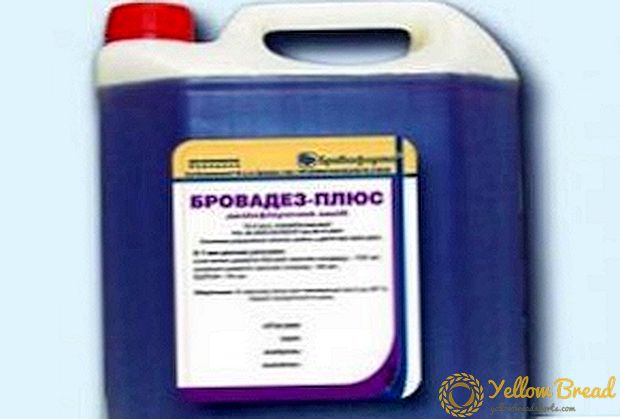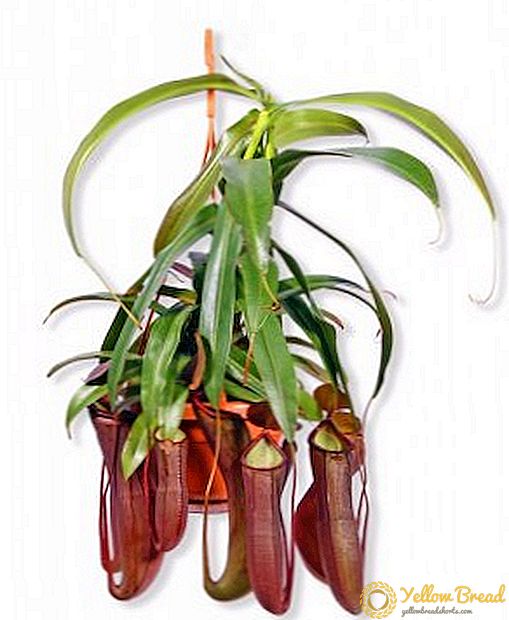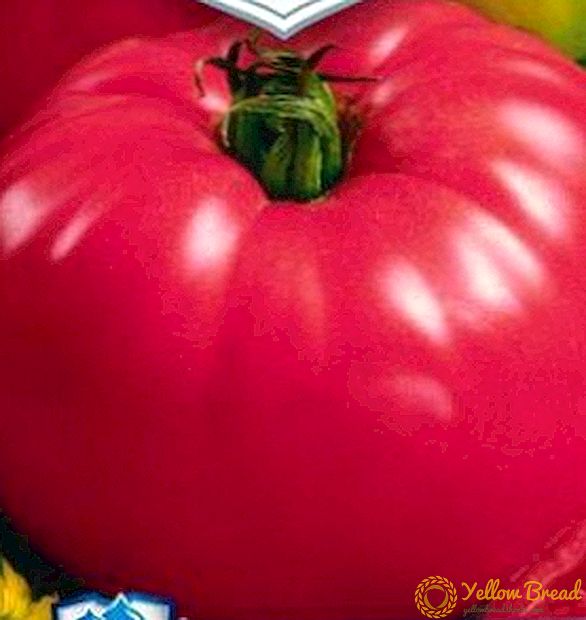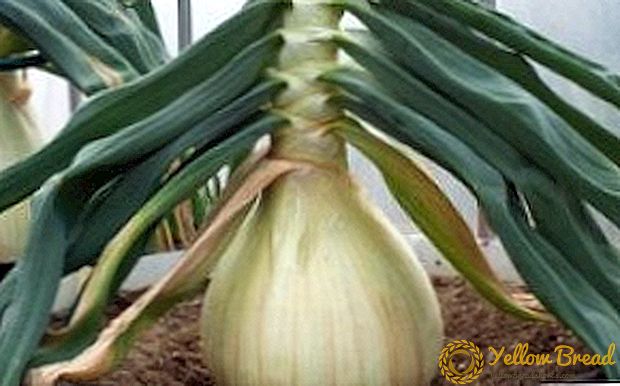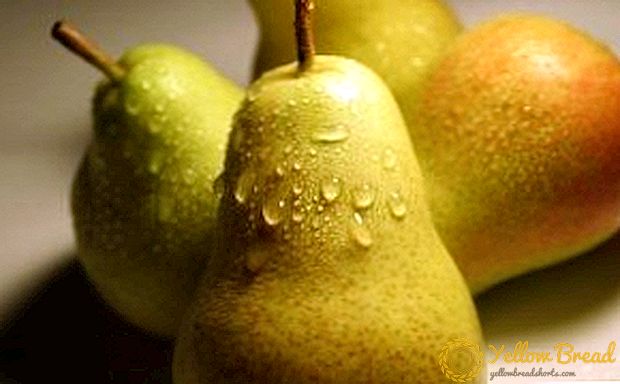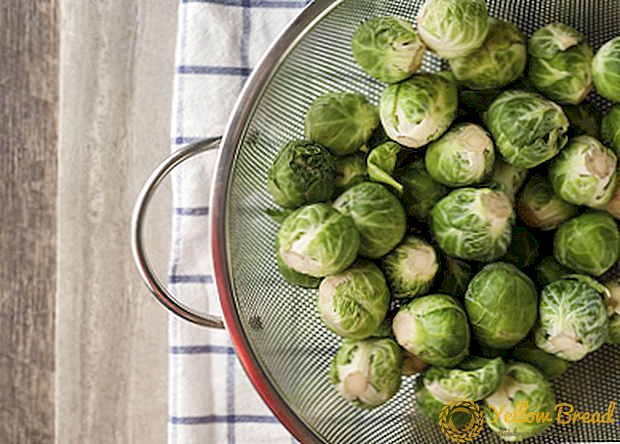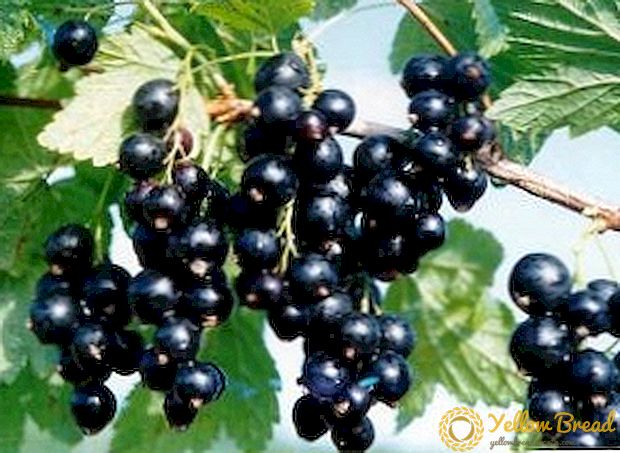
What is the usefulness of black currant?
Black currant is considered one of the most useful and tasty berries. Black currant is used in medicine, cooking. It is used for the prevention of certain diseases.
- What is the usefulness of black currant?
- The most popular varieties
- How to plant currants
- Terms of planting black currant
- Soil requirements (acidity, pit depth)
- Proper care is the key to a good harvest.
- Do not forget to water
- Fertilizer for black currant
- Do I need trimming the bush?
- Getting ready for winter
Black currant provides the human body with various types of vitamins (A, vitamins of group E, B, C, H), microelements (fluorine, iron, iodine, copper, cobalt, zinc, manganese), macrocells (calcium, potassium, phosphorus, calcium). It is the most useful for health, it gives strength and vigor.
Also, black currant is appreciated due to the content of dietary fiber, organic acid, pectin, sugar, essential oils. Currant leaves are endowed with generally beneficial properties. After all, it has a large number of phytoncides - these are volatile substances that fight microbes. Berry, black currant, is used for brewing various teas.With her tea - tastier and healthier.
Black currant is endowed with such useful properties:
- Black currant is a great folk remedy to strengthen the immune system. It contains a lot of ascorbic acid.
- Rich in antioxidants.
- There are a lot of macronutrients in it, and without them, cell exchange is impossible.
- Included in the trace elements necessary for cellular metabolism.
- Currants are saturated with anthocyanins (these substances act as protection against various damages).
- It perfectly disinfects, relieves inflammation. It is advised to take with SARS in the postoperative period.
- It has a beneficial effect on the cardiovascular system. Also, it is recommended to eat, those who have poor eyesight, or have problems with the liver.
- At the use of blackcurrant small wrinkles can disappear.
- It is also proven that currant is excellent for the prevention of serious diseases such as Alzheimer's disease, the appearance of malignant tumors.
Black currant keeps useful qualities, even after freezing, heat treatment. In folk medicine, it is used to treat cough.
The most popular varieties
Today you can count 224 varieties of currants. They are divided into early maturing (Exotic, Nara, Dachnitsa, Nika, Sevchanka), mid-season varieties (Dubrovskaya, Dobrynya, Perun) and later (Vologda, Katyusha, Nuclear, Mermaida) varieties.
The types of currants that bring the maximum yield include: "treasure" - the sweetest berry, "nuclear" - the biggest, "gross" - the most delicious. The homeland of these varieties is Altai. From one currant bush can collect almost five buckets of berries. The size of one berry will be with a grape. All currants are spiced almost simultaneously.
Some varieties of black currant are not afraid of pests and parasites. These include:

- Grade "Ilya Muromets". It is invulnerable to such a pest as a kidney tick. This is a strong huge and immense bush. When ripe berries are not showered.
- Variety "Vasilisa the Beautiful" refers to mid-season bushes. Impregnable to powdery mildew.
- Variety "Anniversary Copan" has strong bushes, has high yields. This variety is picky for hot summer and various pests.
- Another variety that is immune to heat and fungal microorganisms is Selechenskaya-2.She will also be comfortable growing in the shade.
How to plant currants
Terms of planting black currant
The best season for planting currants is autumn. Although it can be planted in the spring. But, it is not recommended to do this, because in the spring the buds bloom very quickly, and there is very little time left for the plant to get stronger.
Currant bushes are planted in late September - in early October, it is desirable to have time before the start of frost. The advantage of planting in the fall is that the earth becomes more dense near the root system during the hibernation period, and in the spring the bushes awaken and start to grow well.
Currants prefer wet soil. Therefore, she likes in the northern or north-western part of the land. The main thing that the place was protected from the wind. Currants can live not only in the shade, but also where there is sunlight, but everything should be in moderation.
Soil requirements (acidity, pit depth)

14 days before the beginning of planting currants necessarily dig holes. From the open pit, all harmful substances, such as chlorine, which have been released when fertilizing in the form of manure, will go away. This is the first step.
The second step is to feed the pit, i.e.introduction of useful substances. It is necessary to prepare a mixture for entering into the earth in the following proportion: 300 grams of ash and 200 grams of superphosphate are taken for 1 bucket of manure.
Calculate the depth of the pit. It should be twice as large as the roots of the future seedlings. The standard pit for seedlings will be a pit of this size: width - 60 cm, and depth - almost 50 cm.
Now we will talk about the acidity of the soil. If the acidity of the soil where the seedlings will grow is 4-5 PH and lower, then 100 g of limestone are poured into the pit, for example, chalk, lime, slaked with water. To preserve moisture, you need to periodically loosen the soil under the seedlings.
Proper care is the key to a good harvest.
Do not forget to water
Currants are watered infrequently, usually two or three times a season. The first watering is the beginning of the growth of shoots and the formation of ovaries, the second is when the berries start to sing, and the third watering after the end of the harvest. Sometimes it is watered in the fall, but this is only when there is no rain.
Pour currants in an amount of 1 square meter. 4-5 buckets of water, in pre-constructed wells, about 15 cm deep. In the summer heat, it is necessary to check the soil moisture, this is done in an easy way. It is necessary to dig up the earth on one bayonet of the spade; if the ground is wet, then additional irrigation is not necessary.
With a lack of moisture, the plants can see a slow growth of shoots, and during the ripening of the berries - the fruits can crumble. In case of drought, in the fall, the bushes can freeze.
Fertilizer for black currant
Sometimes in the ground, black currant lacks the most useful substances. It is necessary to feed. This is done throughout the entire period of growth of the currant bush. Immediately after planting the plant in the ground, and in the first two years, the currant receives in the right amount of potassium and phosphorus from the soil, which fertilized the land before planting. In early spring, she needs nitrogen, she is brought under the currant, it is buried and watered.
Three years later, in addition to feeding with nitrogen in the spring, in the autumn about 5 kg of organic fertilizers, superphosphate (50 grams) and potassium sulphate (20 grams) are introduced into the soil.
If the currant grows on marsh-peat soils, then it needs to be fed every three years. In the soil must make 4 times during the year, lime. Also superphosphate and potassium sulfate.
In the annual feeding needs currants, which grows on sandy soils. This is done in the spring.
Do I need trimming the bush?

Black currants should be cut annually.Each branch of the currant should be updated once every three years, as the old branches give a bad harvest.
Cutting currants has a beneficial effect on the formation of the bush, on the constant updating and rationing of the crop load on the bush.
Currants can be cut in spring and autumn. The main purpose of cutting in the spring, is to remove frozen branches, it is necessary to thin out the thick branches of the currant. Cut should be in early spring, until the juice flows. Sections of branches are smeared with brew. But, it is necessary to do it as soon as possible, until the buds have blossomed. In the autumn, they eliminate unnecessary one-year-old stems: these are the branches that lie on the ground, are infected with pests that grow on the plant for more than two years and have a darker color.
Getting ready for winter
Preparing black currant for winter requires a lot of attention. It is better to do this at the end of October, while there is no cold. In the winter, it must be protected from strong and persistent frost, from lack of water, and from various pests.
The procedure for preparing currants for wintering:
- Trimming currant branches.
- Top dressing of a bush with urea.
- It is necessary to dig the ground around the bush, but not very deep.So that the roots are warm, the soil is mulched with dry leaves, hay, sawdust, sunflower seed husks.
- When the first frost hits, currant bush is wrapped with rope. This is done so that the branches do not rub against each other.
- It is also recommended to sprinkle the bush with snow, in several layers, at least 15 cm. This is done so that the plant does not freeze in the most severe frosts.
- For shelter, you can use everything that is at hand: old blankets, straw, cardboard boxes.

